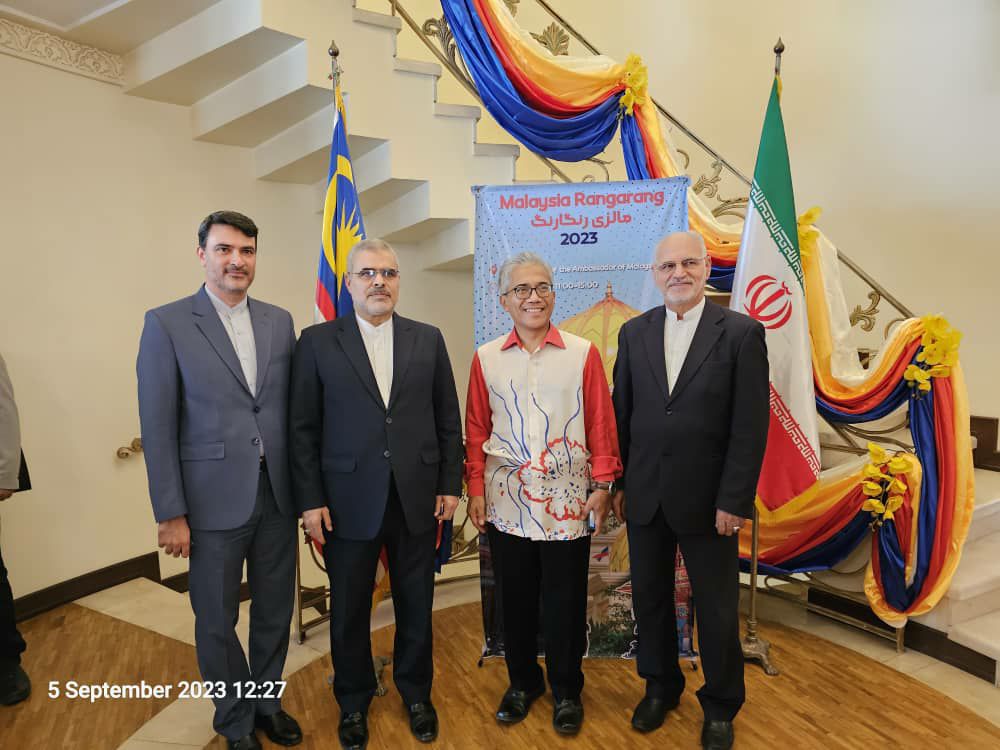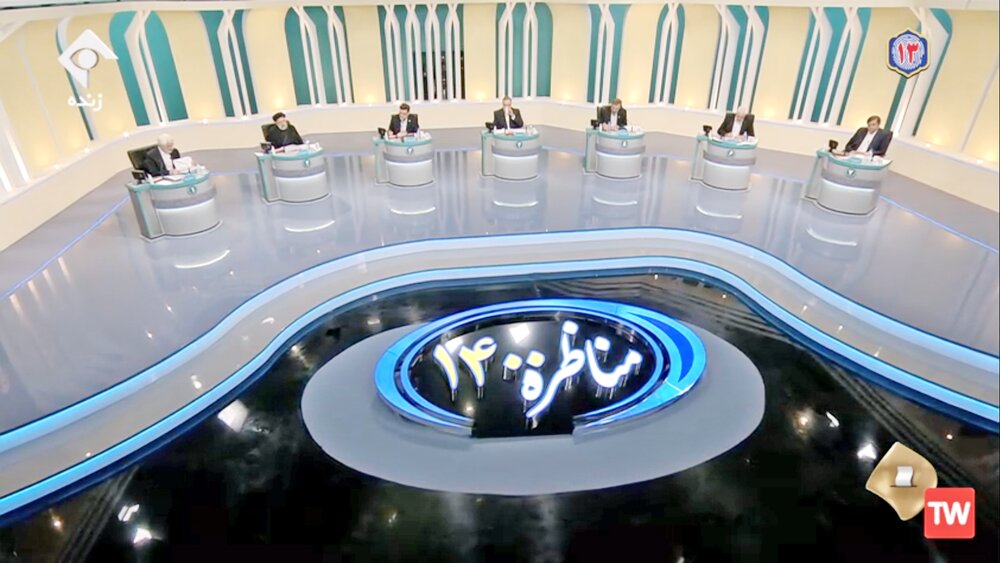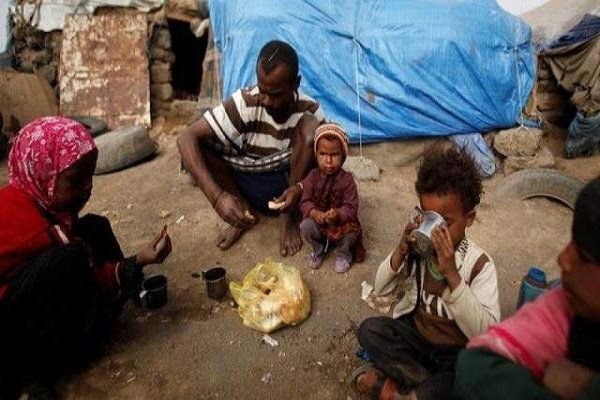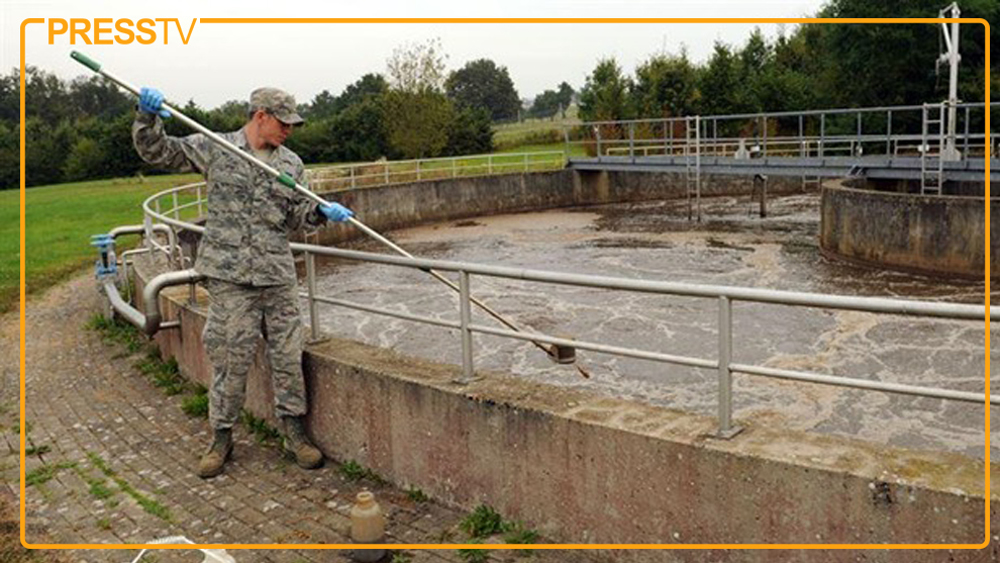Iran’s Aviation Sector Needs 200 Planes
TEHRAN (Iran News) Speaking during a ceremony honoring Hajj 1404 service workers, CAO head Hussein Pourfarzaneh stated that Iraq had previously raised technical objections regarding the use of MD aircraft. However, following multiple technical meetings between the two countries, he confirmed that those issues have now been resolved and the aircraft will be cleared for use during Arbaeen operations.
“Previously, we hadn’t planned to rely on the MD fleet due to those objections. But with the Iraqi side now assured of the aircrafts’ safety, we’ll be incorporating them into our transportation plans for Arbaeen pilgrims,” Pourfarzaneh said.
Addressing broader concerns about the aviation sector, Pourfarzaneh said Iran’s actual demand for passenger aircraft is under 200, far lower than the previously cited figure of 550, which he said lacked scientific basis.
He explained that since 2022, the organization has analyzed domestic demand based on flight routes and hours across provinces, identifying what he called “normal flight demand.” While peak travel periods like Nowruz, Hajj, and Arbaeen require additional capacity, Iran typically does not need more than 200 operational aircraft under normal conditions.
Currently, about 180 aircraft are officially registered in Iran’s fleet, of which 134 to 135 are actively providing service. He emphasized that aircraft need to perform at least six flight legs per day to be considered efficient; otherwise, the country would effectively require more aircraft to meet demand.
Regarding ticketing for the Arbaeen pilgrimage, Pourfarzaneh said Iran Air has already begun early sales, with general ticket availability beginning August 8. He assured the public that with additional fleet capacity, there would be no shortage of tickets this year.
He also touched on ongoing efforts to modernize the fleet, noting that recent purchases are helping reduce the average aircraft age. However, he stressed that aircraft age is not the key metric in aviation—safety and airworthiness are the priority.
Finally, Pourfarzaneh revealed that Iran is in talks with China and Russia to significantly upgrade its aviation industry, with a ten-year strategic plan soon to be announced. However, he cautioned that financial challenges, especially a lack of investment funds and unsustainable ticket pricing, remain major barriers to acquiring new aircraft.
- source : irna






























